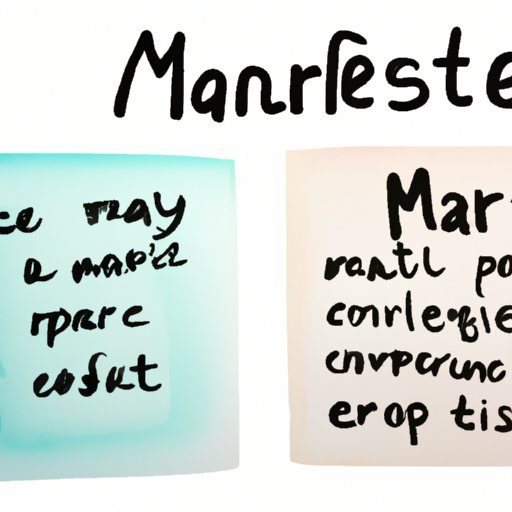
Introduction
When making decisions, it is essential to consider all the costs and benefits associated with each option. However, not all costs and benefits are equal, and some might have more significant impacts than others. This is where Marginal Analysis comes in. It is a powerful tool used to analyze and determine the marginal cost and marginal benefit of the last unit of any decision. This article will delve into what Marginal Analysis is, how it works, and its importance when making decisions. We will also use real-world examples to demonstrate how Marginal Analysis is used across various fields.
“Marginal Analysis: A Powerful Tool for Effective Decision-Making”
Marginal Analysis involves evaluating the marginal cost and marginal benefit of a particular decision. The marginal cost refers to the cost of producing one more unit while the marginal benefit refers to the benefit received from one more unit of production. By considering the marginal cost and benefit, decision-makers can identify the optimal level at which they can produce or consume.
The benefits of using Marginal Analysis are numerous. Decision-makers can identify the cost and benefit of a particular decision, leading to better decision-making. By analyzing the trade-offs between cost and benefit, an organization can maximize its profits and efficiency.
“Understanding Marginal Analysis: Key Concepts and Real-World Applications”
When performing Marginal Analysis, there are a few key concepts that one needs to understand. The first is the Law of Diminishing Marginal Utility, which states that the more units of a product produced, the lower the marginal benefit. The second is the Law of Diminishing Marginal Returns, which states that eventually, the extra benefits gained from producing one more unit will diminish. These concepts are used to determine the optimal level of production.
Marginal Analysis has real-world applications in various fields, from economics to finance to business. In economics, Marginal Analysis is used to determine the supply and demand curve by considering the price and quantity supplied. In finance, it is used to analyze investments, and in marketing, it is used to determine the pricing strategy for a product.
“Maximizing Efficiency with Marginal Analysis: A Beginner’s Guide”
Performing Marginal Analysis involves a few steps. First, define the decision being made and the units of measurement for both costs and benefits. Second, identify the marginal cost and benefit for each potential outcome. Third, calculate the net gain or loss from each decision by subtracting the cost from the benefit. Finally, choose the decision with the highest net gain.
When starting with Marginal Analysis, it is essential to begin with a simple problem before moving on to more complex ones. It is also crucial to avoid common pitfalls, such as ignoring sunk costs, using imprecise estimates, and failing to consider opportunity costs.
“Evaluating Costs and Benefits with Marginal Analysis: A Case Study Approach”
Marginal Analysis is commonly used to evaluate the costs and benefits of a particular decision. For example, a company looking to expand may use Marginal Analysis to determine how many units of production they need to maximize their profits.
A real-world case study involves a restaurant evaluating whether to add one more item to its menu, given the cost of adding that item. The owners use Marginal Analysis to determine the additional revenue they would receive if the item were added and compare it to its cost. They found that the benefit of adding the item would be more significant than the cost, leading to its addition to the menu.
“Fine-tuning Business Operations with Marginal Analysis: Best Practices and Examples”
Marginal Analysis can also be used to fine-tune business operations. For example, a company may use Marginal Analysis to determine the production level that maximizes their profits. By analyzing the trade-off between the cost of producing one more unit and the corresponding revenue generated, a company can determine the optimal level of production.
Costco is an excellent example of a business that uses Marginal Analysis to fine-tune its operations. The company used Marginal Analysis to determine the optimal size for its products, leading to the famous “Costco-sized” products. By analyzing the marginal cost and benefit of different sizes, they found that the optimal size was larger than what was typically offered by other retailers and led to increased sales.
Conclusion
Marginal Analysis is a powerful tool used to help decision-makers maximize the benefit of their decisions while minimizing the cost. Decision-makers, whether in economics, finance, or business, can use Marginal Analysis to determine the optimal level of production or consumption. Understanding the key concepts of Marginal Analysis, its real-world applications, and best practices for its implementation, can lead to better decision-making, increased efficiency, and higher profits. With Marginal Analysis, the possibilities are endless.





